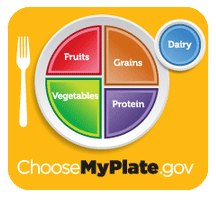The United States is the 3rd top ranking pork producing country in the world. Iowa ranks number one in terms of swine numbers within the United States. The pork industry supports more than 80,000 jobs across the country!

Production
In order to meet growing demand, U.S. pork production has nearly doubled in the last 50 years. Just in the United States alone, more than 68,000 pork producers market more than 112 million hogs annually.
Approximately one out of every seven hogs produced in the United States is exported. In 2017, pork exports were valued at $52 per hog.
The United States pork industry provides a staggering 23 billion pounds of safe, wholesome and nutritious products worldwide. Shockingly enough, swine operations housing 50,000+ head of hogs account for only 14.5% of the total U.S. hog operations. However, these also account for over 60% of the total inventory. The swine industry is vertically integrated.

Stages of Pig Production
Breeding/Gestation – The gestation (pregnancy) of a pig is easy to remember: 3 months, 3 weeks, and 3 days. On average, 10 piglets are born per litter. Many producers “group” sows together in a gestation pen. This allows the producer to provide proper nutrition and prenatal care that pregnant sows need in order to produce healthy piglets. Another option producers may use is gestation crates, which are individual housing units that also allow the producer to properly feed and care for the pregnant sow.
Farrowing – This is the time when sows give birth. Piglets weigh 2-3 pounds at birth and are weaned from the mother pig in 21-28 days. Most producers will individually pen the sows in a farrowing crate. These farrowing pens have an area for sows and piglets, which reduces the risk for piglets to be accidentally laid or stepped on by the sow. These farrowing systems can also provide a cool area for the sow and a warm area for the piglets.
Nursery – At about 4 weeks of age, piglets will weigh 15 to 20 pounds and usually are moved to a nursery barn where an optimum environment (heating and cooling) is maintained.
Growing/Finishing – When pigs are around 8 weeks old, they weigh 40-60 pounds and move to a finishing barn where they are fed a nutritionally balanced diet to reach market weight at 270+ pounds. Once they reach this weight, they are harvested for food and by-products.

Processing Pork
Pigs are raised for food and several by-products. Looking at the parts of the pig, each of the parts provide different products.
Shoulder (Boston Butt) – Should steak, shoulder roast, shoulder style robs, blade steak, ground pork, sausage
Picnic Shoulder – Picnic ham, country style spareribs
Loin – Pork chops, back-ribs, country-style ribs, crown roast,, tenderloin, loin roast
Side – Spareribs, St. Louis ribs, bacon
Leg – Ham, ham steaks
Common inedible by-products of pork include insulin, gelatin, chalk, soap, rubber, fertilizer, and makeup.

Preparing Pork
There are several different ways to prepare pork depending on the type of product.
Dry-heat methods include grilling, broiling, stir-frying, pan-broiling, and roasting. You may also prepare your pork using a moist-heat method such as stewing or braising. Remember, the healthiest way to prepare any meat is to grill or cook without added fat, so avoid frying foods.

Health and Nutrition
The USDA MyPlate recommends 5-6 ounces per day of lean protein; pork fits into this plan. Today’s pork is 16% leaner and 27% lower in saturated fat as compared to 20 years ago. In fact, the USDA recognizes 7 pork cuts as “lean”, which means they contain less than 10 grams of fat, 4.5 grams of saturated fat, and 95 mg of cholesterol per 100 grams of meat.
These cuts include tenderloin, sirloin pork chop, boneless top loin pork chop, ground pork (96% lean), boneless top loin pork roast, and bone-in rib pork chop.
Pork is considered an excellent source of protein, thiamin, niacin, and phosphorus. It is also a good source of riboflavin, zinc, and potassium.

References
American Veterinary Medical Foundation (2015). Welfare implications of gestation sow housing. Retrieved from https://www.avma.org/KB/Re-sources/LiteratureReviews/Documents/ WelfareImplicationsOfGestationSowHousing.pdf
Animal Smart (n.d.). Products from animals. Retrieved from http://animalsmart.org/feeding-the-world/ products-from-animals
National Pork Board (2017). Exports 101: how your pork checkoff dollars pay off. Retrieved from: http:// www.pork.org/checkoff-reports/putting-u-s-pork-worlds-table/exports-101-pork-checkoff-dollars-pay- off/
National Pork Board (n.d.). Benefits of pork in your diet. Retrieved from https://www.porkbeinspired.com/ nutrition/benefits-of-pork-in-your-diet/National
Pork Board (2015). Know the nutrients in pork. Retrieved from https://www.porkbeinspired.com/ wp-content/uploads/2014/06/Know-The-Nutrients-In-Pork.pdf
National Pork Board (n.d.). Preparation methods. Retrieved from http://www.porkandhealth.org/Cms/ RecipesAndFoodSafety_PreparationMeth-ods
National Pork Producers Council (n.d.). Pork facts. Retrieved from http://nppc.org/pork-facts/
Purdue University (n.d.). Pork facts. Retrieved from http://www.ansc.purdue.edu/faen/Pork%20Facts.html
Purdue University (n.d.). Gestation and farrowing creates for pigs. Retrieved from http://www.ansc.purdue.edu/faen/gest%20crates.html
Texas Farm Bureau (n.d.). Be ag smart. Retrieved from http://www.porktexas.com/
uploads/2/5/3/7/25376253/be_ag_smart_website_pork_production.pdf
Texas Pork Producers (n.d.). Pork’s most popular cuts. Retrieved from https://texaspork.org/wp-content/
uploads/2015/08/Porks_Most_Popular_Cuts.pdf
United States Department of Agriculture (2017, October). What foods are in the protein group? Retrieved
from https://www.choosemyplate.gov/protein-foods
United States Department of Agriculture (2017, October). Weekly livestock, poultry, and grain market high-
lights. Retrieved from https://www.ams.usda.gov/mnreports/lswlpgmrkthighlight.pdf
University of Minnesota Extension (n.d.). Gestation show housing systems: which is best? Retrieved from
https://www.extension.umn.edu/agriculture/swine/components/pubs/Comparinggroupandstall.pdf

